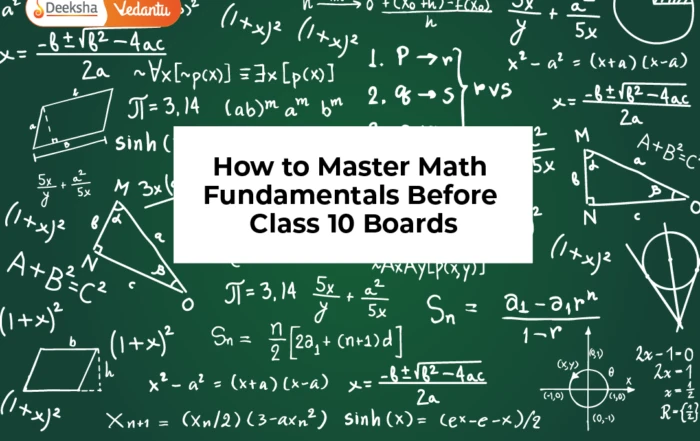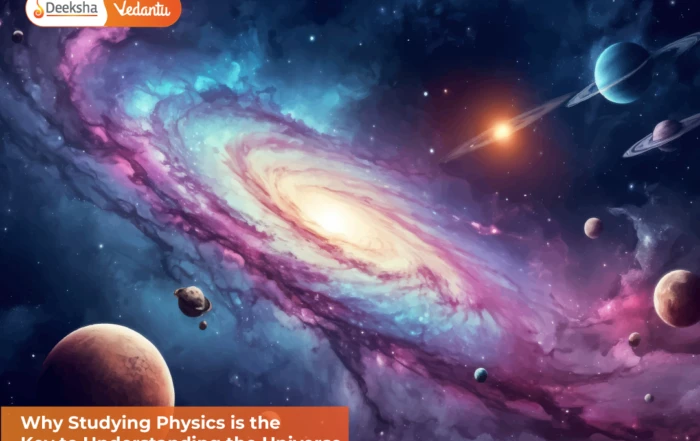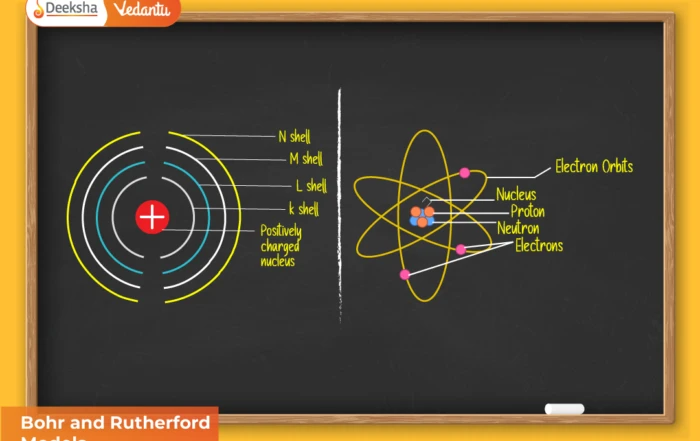
Introduction
The ellipse is one of the most important conic sections, formed when a plane cuts a double-napped right circular cone obliquely to the axis, but not parallel to a generator. Unlike a parabola, the ellipse is a closed curve resembling a stretched circle.
An ellipse can also be defined as the set of all points in a plane, the sum of whose distances from two fixed points (foci) is constant.
Ellipses appear naturally in planetary motion, optics, and engineering. According to Kepler’s First Law, the orbit of every planet is an ellipse with the sun at one focus. In exams like JEE, KCET, COMEDK, ellipse problems frequently test understanding of its equations, properties, and applications.
Standard Definition
The locus of a point P(x, y) such that:
PF₁ + PF₂ = 2a (constant),
where F₁ and F₂ are two fixed points (foci), defines an ellipse.
- The fixed line joining the foci is the major axis.
- The midpoint of the foci is the centre.
- The line perpendicular to the major axis through the centre is the minor axis.
- The constant a is called the semi-major axis length.
Derivation of the Standard Equation
Let ellipse be centred at the origin with foci F₁(–c, 0), F₂(c, 0).
Let P(x, y) be a point on the ellipse. By definition:
PF₁ + PF₂ = 2a
⇒ √((x + c)² + y²) + √((x – c)² + y²) = 2a
Squaring and simplifying leads to:
x²/a² + y²/b² = 1,
where b² = a² – c².
This is the standard equation of ellipse (major axis along x-axis).
Standard Forms of Ellipse
- Major axis along x-axis:
x²/a² + y²/b² = 1, a > b- Centre: (0, 0)
- Vertices: (±a, 0)
- Foci: (±c, 0), c² = a² – b²
- Major axis along y-axis:
x²/b² + y²/a² = 1, a > b- Vertices: (0, ±a)
- Foci: (0, ±c), c² = a² – b²
Important Terms
- Centre: The midpoint of ellipse.
- Vertices: Endpoints of major axis.
- Co-vertices: Endpoints of minor axis.
- Foci: Fixed points inside ellipse such that PF₁ + PF₂ = 2a.
- Eccentricity (e): e = c/a, where 0 < e < 1 for ellipse.
- Latus rectum: Line through focus perpendicular to major axis, length = 2b²/a.
General Equation of Ellipse
If centre is (h, k), then equation becomes:
(x – h)²/a² + (y – k)²/b² = 1
Properties of Ellipse
- Symmetry: Ellipse is symmetric about both axes and the centre.
- Focus property: PF₁ + PF₂ = 2a for any point P(x, y).
- Tangent property: Angle made by tangent with focal radii is equal.
- Reflective property: A ray emanating from one focus reflects to the other.
- Area: πab
Equation of Tangent to an Ellipse
- At point (x₁, y₁) on ellipse x²/a² + y²/b² = 1:
(xx₁)/a² + (yy₁)/b² = 1
- Parametric form: For P(a cosθ, b sinθ):
(x cosθ)/a + (y sinθ)/b = 1
Equation of Normal
At P(x₁, y₁):
(ax)/x₁ – (by)/y₁ = a² – b²
Parametric Form
For ellipse x²/a² + y²/b² = 1, parametric coordinates are:
(x, y) = (a cosθ, b sinθ)
This is very useful in JEE-style problems.
Latus Rectum
- Equation: x = c (or x = –c) for ellipse along x-axis.
- Length = 2b²/a
Solved Examples
Example 1: Equation of Ellipse
Find equation of ellipse with major axis length 10 and minor axis length 8, centred at origin with major axis along x-axis.
Solution:
a = 5, b = 4 → equation: x²/25 + y²/16 = 1
Example 2: Eccentricity
For ellipse x²/25 + y²/9 = 1, find eccentricity.
Solution:
a² = 25, b² = 9 → c² = a² – b² = 16 → c = 4
Eccentricity = c/a = 4/5 = 0.8
Example 3: Tangent Equation
Find tangent at point (3, 4) on ellipse x²/25 + y²/16 = 1.
Solution:
(xx₁)/a² + (yy₁)/b² = 1
⇒ (3x)/25 + (4y)/16 = 1
⇒ (3x)/25 + y/4 = 1
Example 4: Normal Equation
Equation of normal at P(3, 4) on ellipse x²/25 + y²/16 = 1?
Solution:
(ax)/x₁ – (by)/y₁ = a² – b²
⇒ (25x/3) – (16y/4) = 25 – 16 = 9
Example 5 (JEE type): Focal Property
Find coordinates of foci of ellipse x²/16 + y²/9 = 1.
Solution:
a² = 16, b² = 9 → c² = a² – b² = 7 → c = √7
Foci: (±√7, 0)
Applications of Ellipse
- Astronomy: Orbits of planets are ellipses with Sun at one focus.
- Physics: Reflection properties in whispering galleries.
- Engineering: Elliptical domes and tunnels.
- Architecture: Arches, bridges.
- Exams: Tangents, normals, eccentricity-based locus problems.
Common Mistakes
- Confusing ellipse with hyperbola (both have 2 foci).
- Using wrong form (major axis along x vs y).
- Forgetting relation c² = a² – b².
- Misidentifying latus rectum length.
Exam Weightage
- CBSE Boards: 6–8 marks (basic derivations + problems).
- JEE Main: 1–2 questions (locus, tangent/normal).
- JEE Advanced: 1 conceptual problem (parametric/reflective property).
- KCET/COMEDK: 2–3 direct formula questions.
Practice Problems
- Write equation of ellipse with vertices (±5, 0), minor axis length 6.
- Find eccentricity of ellipse x²/49 + y²/36 = 1.
- Find tangent at (a cosθ, b sinθ) on ellipse x²/a² + y²/b² = 1.
- Find foci of ellipse x²/100 + y²/64 = 1.
- Prove that sum of distances from foci = 2a.
- Find equation of ellipse with eccentricity 3/5 and a = 10.
- Write parametric coordinates for ellipse x²/25 + y²/9 = 1.
- Derive equation of normal at (x₁, y₁).
- Find length of latus rectum for ellipse x²/81 + y²/16 = 1.
- Show that circle is a special case of ellipse when a = b.
FAQs
Q1. What is the eccentricity of an ellipse?
e = c/a, where c² = a² – b², 0 < e < 1.
Q2. What is length of latus rectum of ellipse?
2b²/a.
Q3. Which axis is longer in ellipse?
Major axis, length 2a.
Q4. Can a circle be considered an ellipse?
Yes, circle is a special ellipse with a = b.
Q5. What is the reflective property of ellipse?
Ray from one focus reflects to the other.
Conclusion
The ellipse is a central conic section, linking geometry with real-world applications in astronomy, physics, and architecture. Defined as the locus of points whose sum of distances from two foci is constant, the ellipse has unique properties like eccentricity, tangents, normals, and reflective behavior.
For JEE, KCET, COMEDK, and Boards, ellipse problems range from simple equations to advanced applications using parametric coordinates and focal properties. Mastering ellipse prepares students not just for exams but also for advanced concepts in orbital mechanics and optics.











Get Social